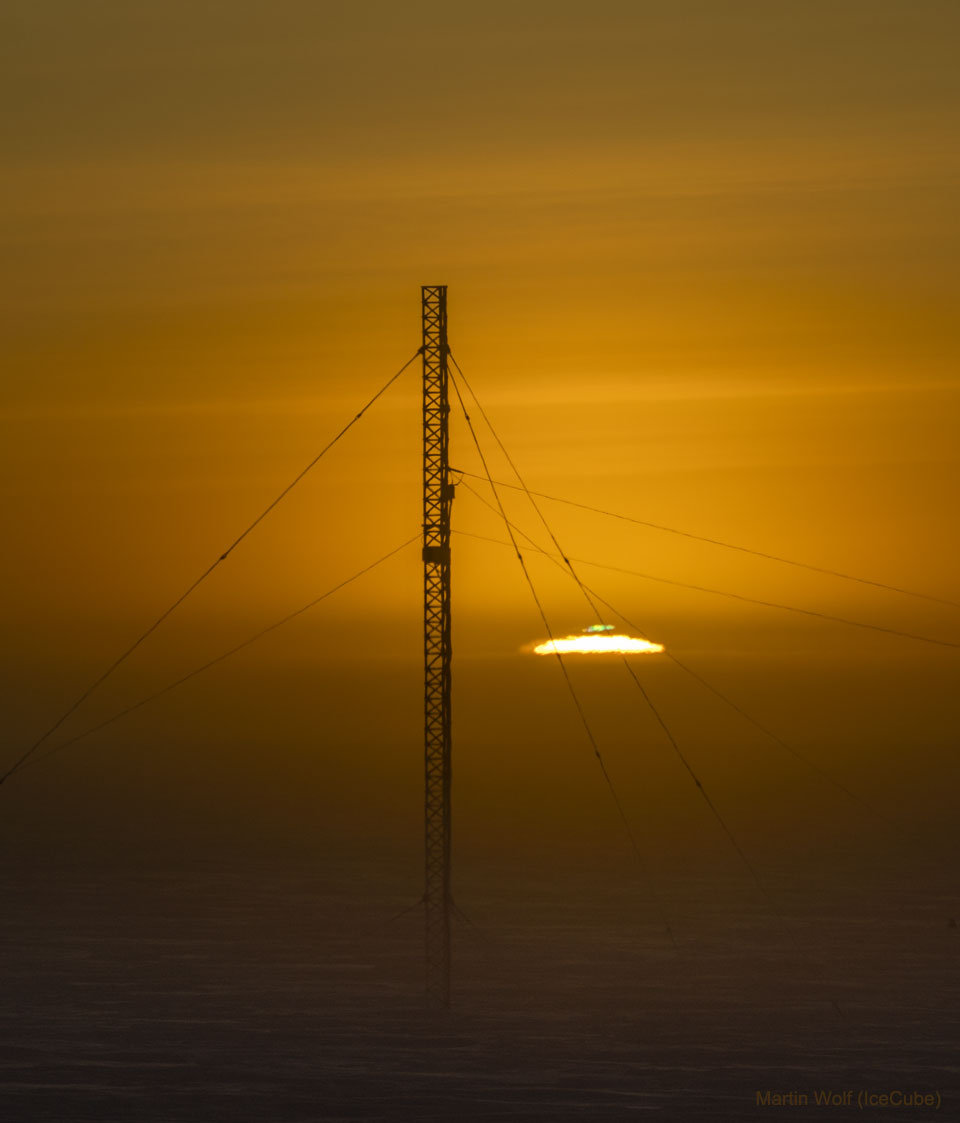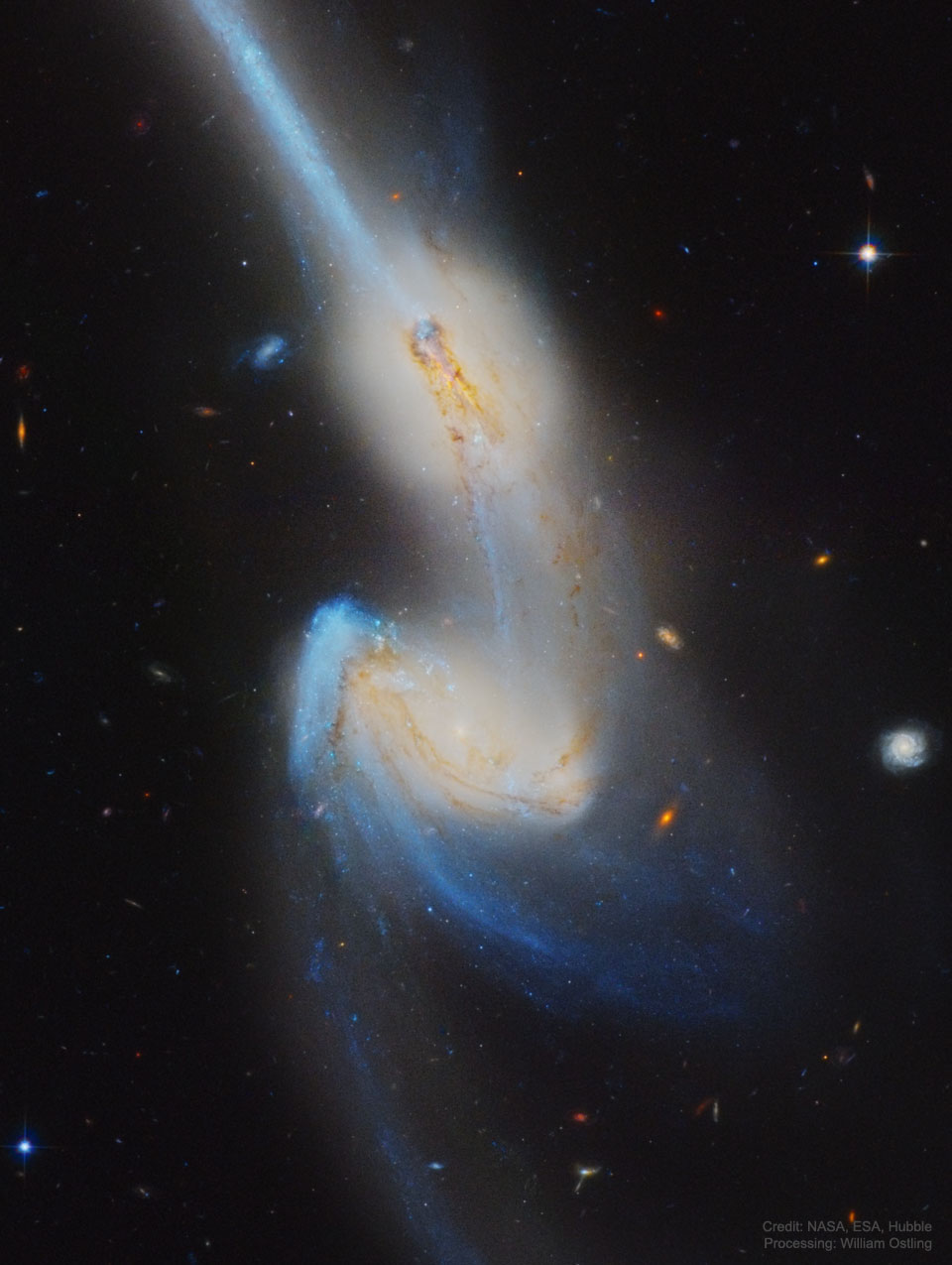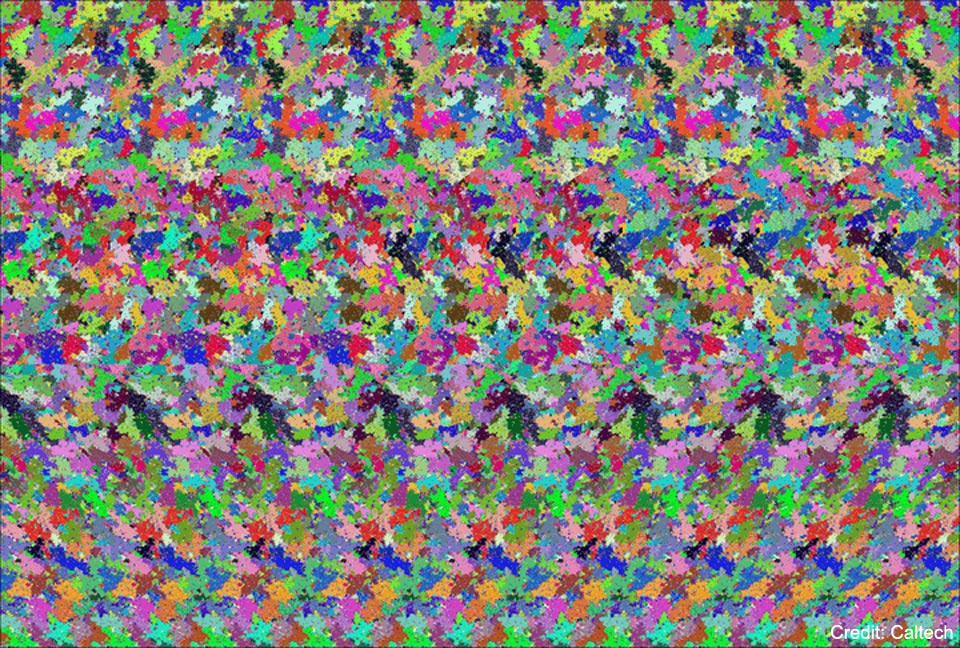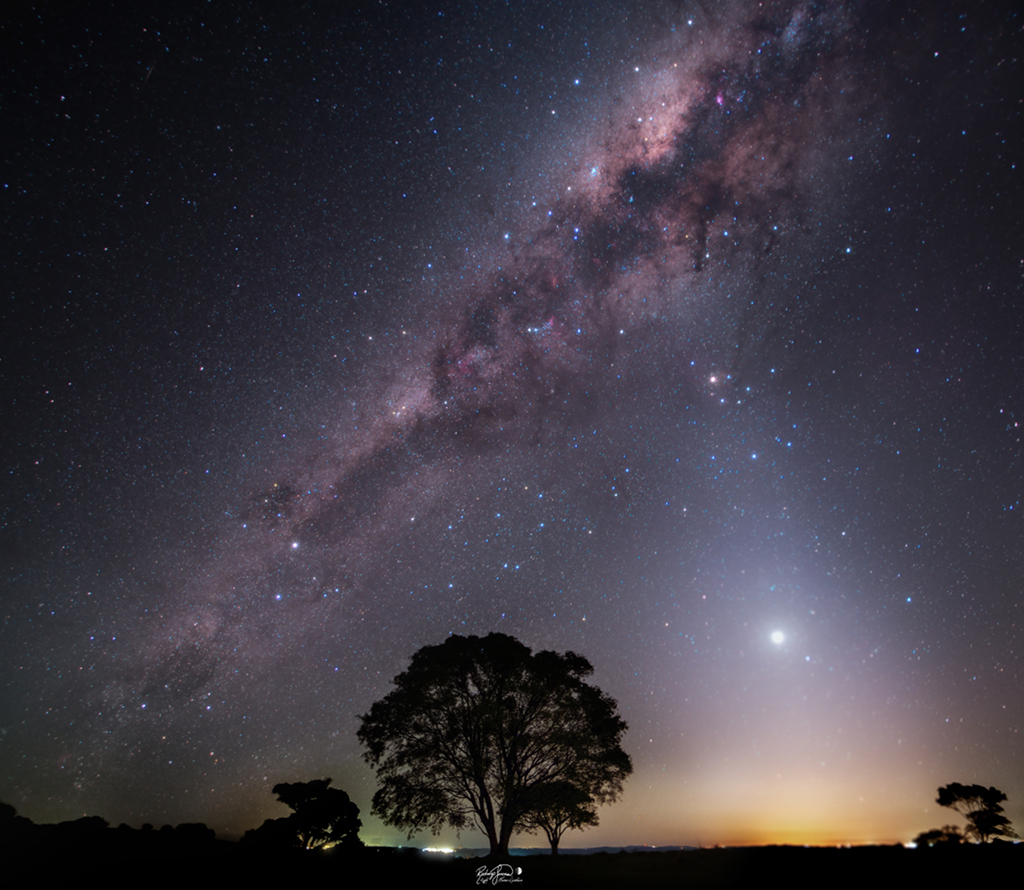J’étais ce matin l’invité de la matinale de France Culture pour parler de la panne géante qui a fait que Facebook, WhatsApp, Instagram et Messenger ont tous disparu des écrans,
Source : Facebook, le cauchemar
J’étais ce matin l’invité de la matinale de France Culture pour parler de la panne géante qui a fait que Facebook, WhatsApp, Instagram et Messenger ont tous disparu des écrans,
Source : Facebook, le cauchemar
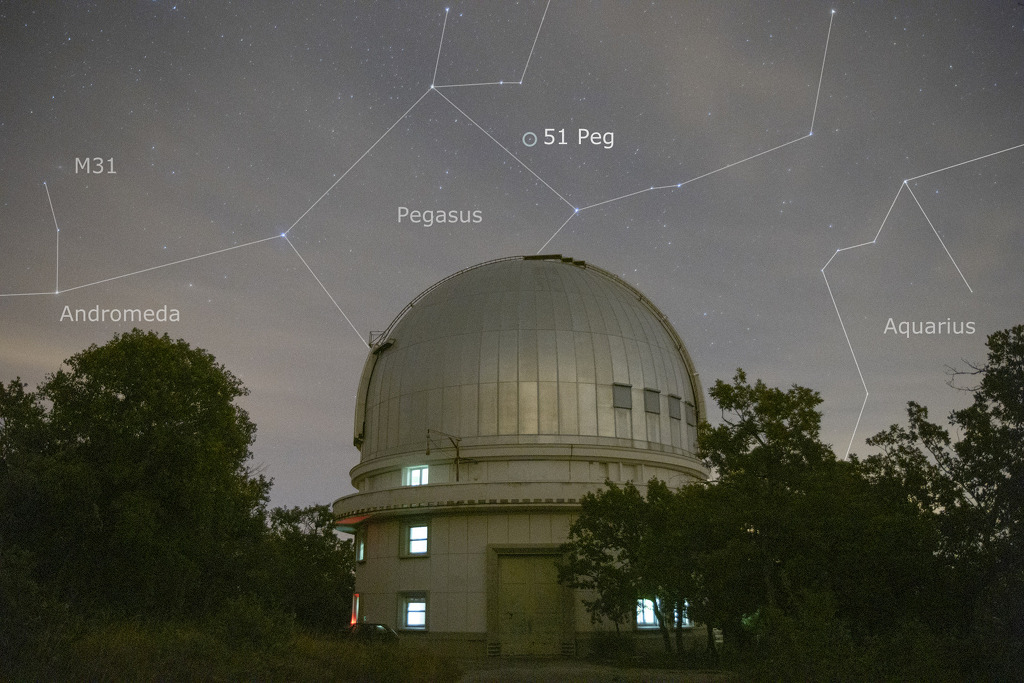

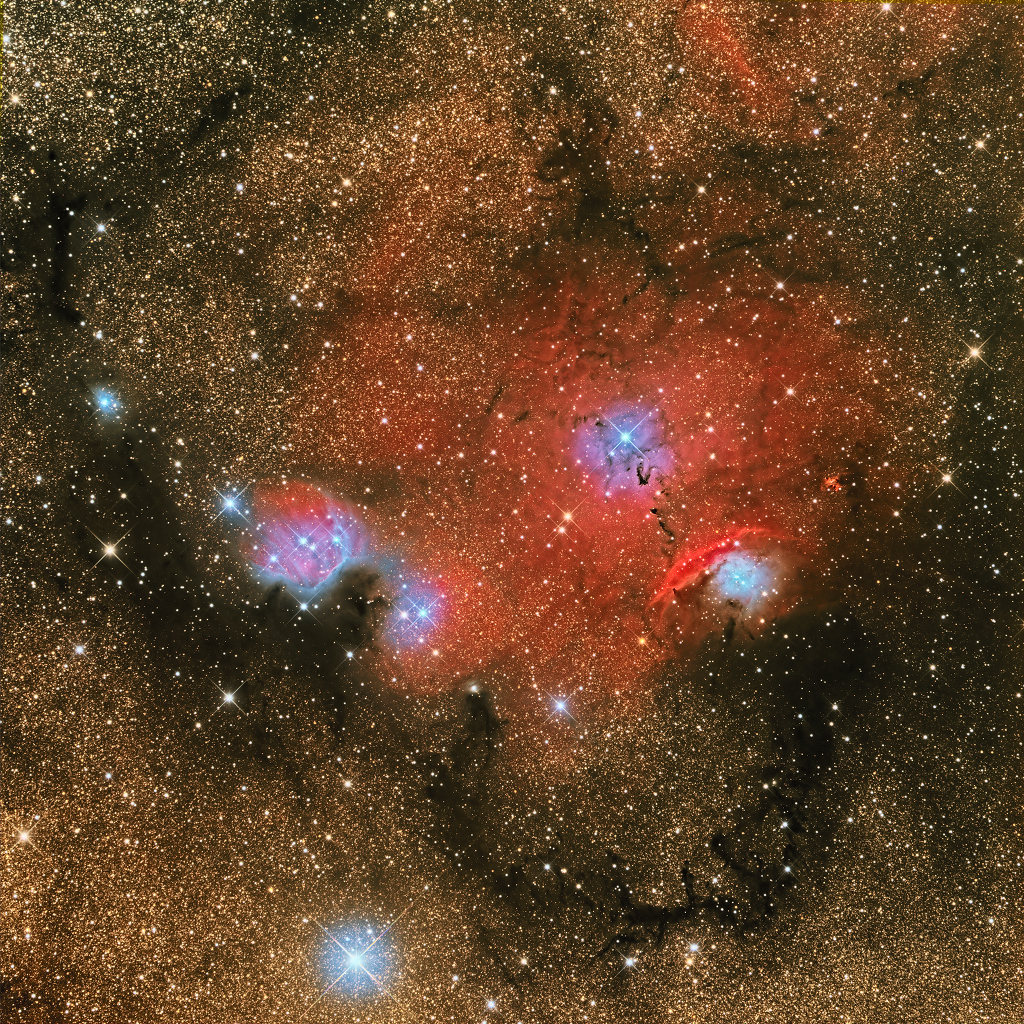
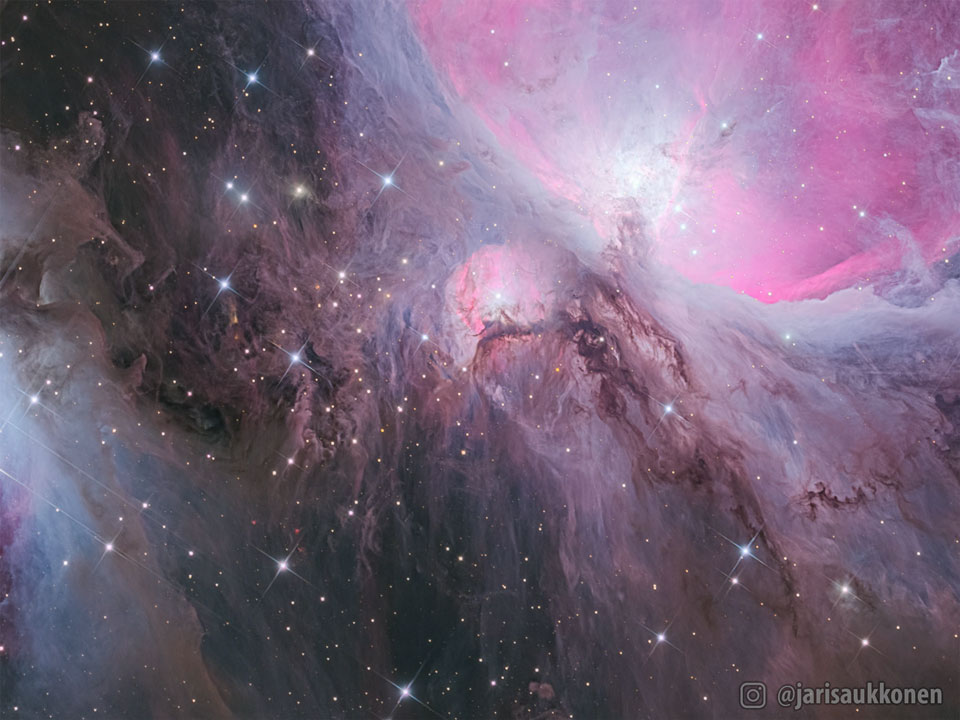
J’ai croisé plusieurs fois sur Internet des personnes qui cherchent à sensibiliser autour d’elles sur le sujet de la protection des données personnelles et qui demandent des livres ou des films à recommander. J’ai dressé dans cet article une petite liste de livres que j’ai lus et de films que j’ai visionnés qui traitent de ce sujet.
Source : Coin lecture et film : pour sensibiliser à la protection de la vie privée
